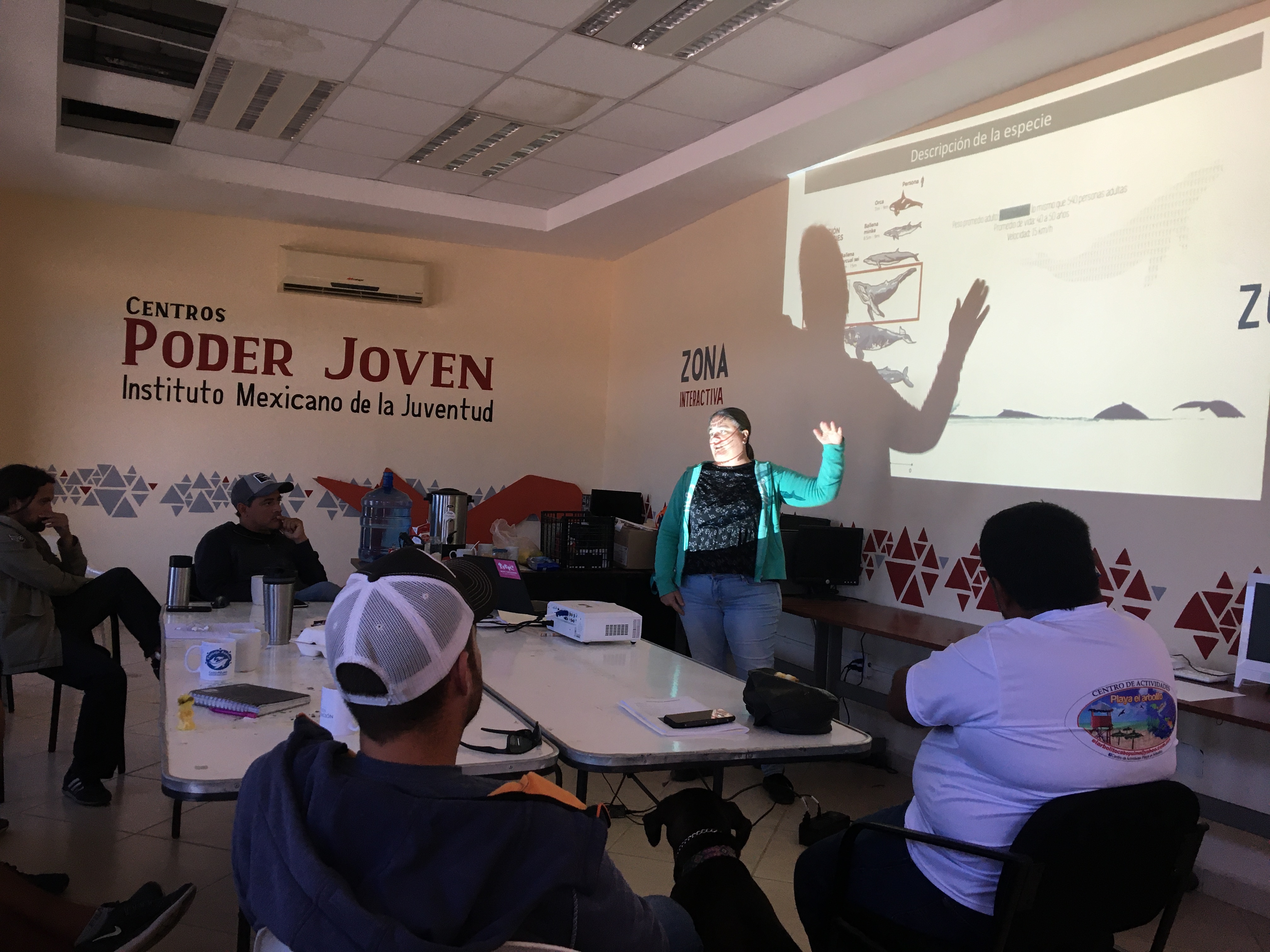

In 2011 a carrying capacity study (free and autonomous diving) was carried out in Cabo Pulmo by the Autonomous University of Baja California Sur (UABCS), funded by Friends for the Conservation of Cabo Pulmo (ACCP) and supported by Tourist Service Providers (TSP). This study established the basis of the Public Use Program and its results were discussed and modified based on the experience of all stakeholders. In 2014, the Sub-Council for Public Use was established, which is made up of CONANP, the TSP, Niparajá and UABCS. Within the agreed rules is a system of warnings where the TSP inform CONANP about each of their trips through VHF radio, in real time, recording the number of tourists and the places they will visit. The meetings of the Sub-Council for Public Use also defined the maximum number of vessels simultaneously per site, in order not to present a saturation of vessels, as well as other agreements related to the management of tourism activities. During 2016 we carried out the evaluation of compliance with the rules; of the 55 agreements, 90% were implemented and respected by the TSP. The active participation of providers since the inception of the rules has ensured their wide compliance.
The Sub-Council involves all sectors, and its work includes constant updating of the Public Use Program.
It has been possible to establish together the rules for the activities so that the experience of the visitors has not diminished, which is reflected in people who year after year return to the site and the high tourist demand on the site. This tourism has brought benefits to the town that has once again diversified its sources of income by investing in restaurants, lodgings and shops selling crafts and souvenirs.
It is necessary to have transparent and participatory processes to achieve the involvement of a community for the sustainable development and conservation of the Cabo Pulmo National Park, its ecosystems and species.
It is important to have guides, captains, tourist service providers and informed tourists to among all achieve the conservation of the reef and diving sites for the future.
An organized community that establishes and abides by rules can contribute significantly to the conservation of a protected natural area.